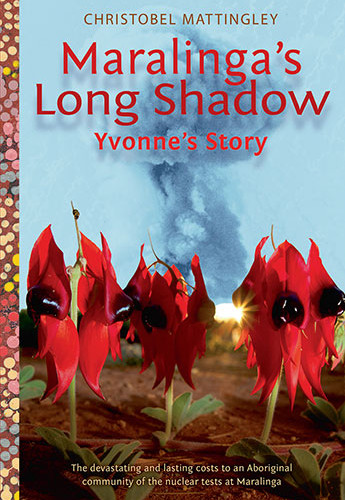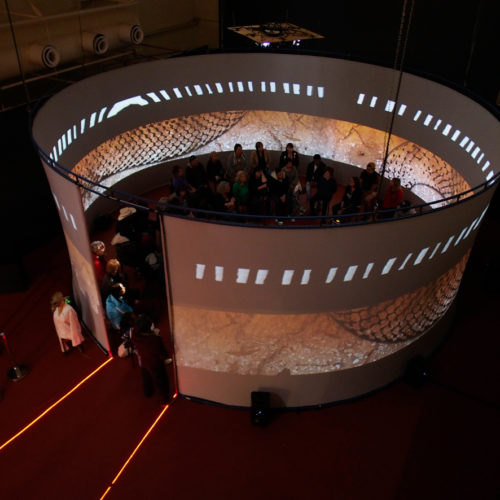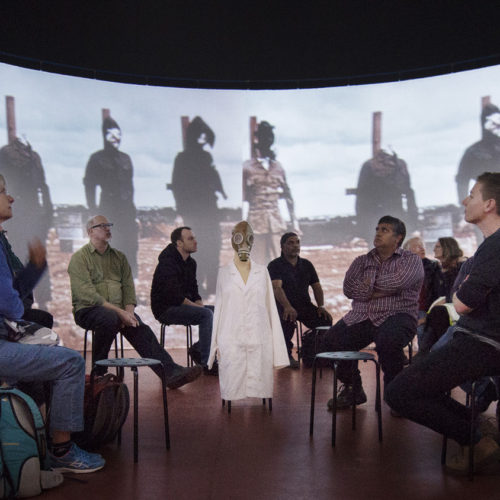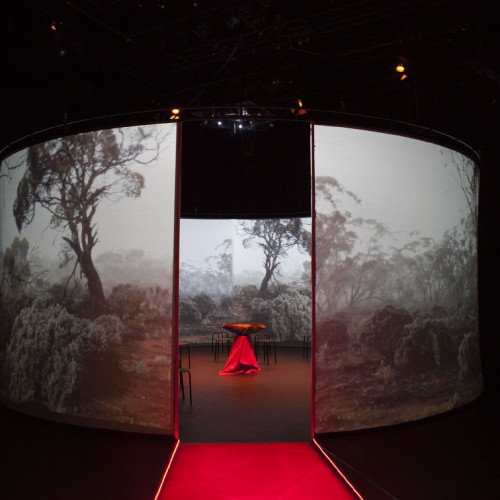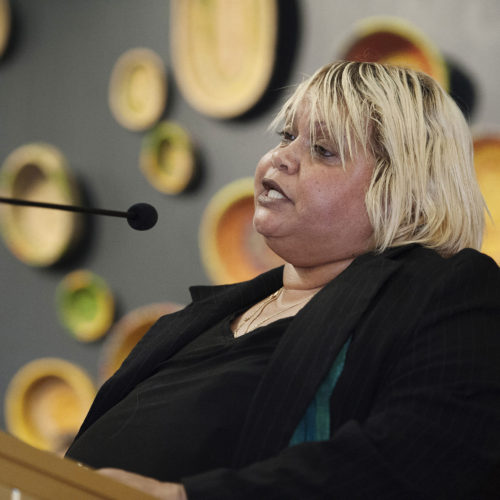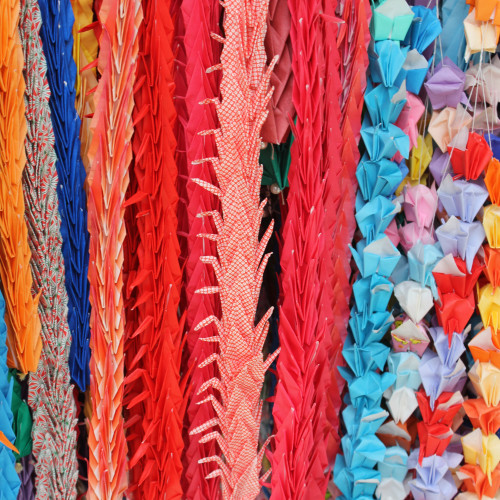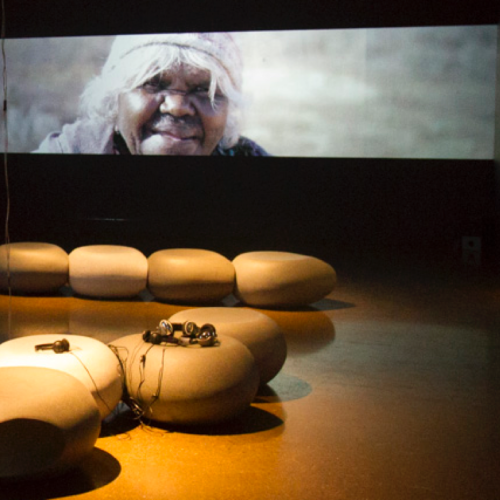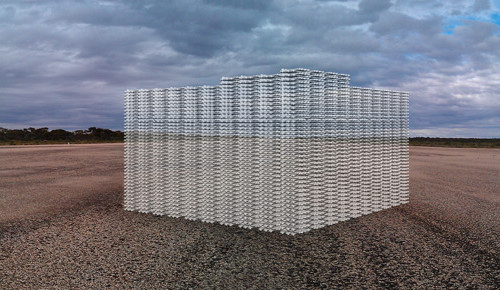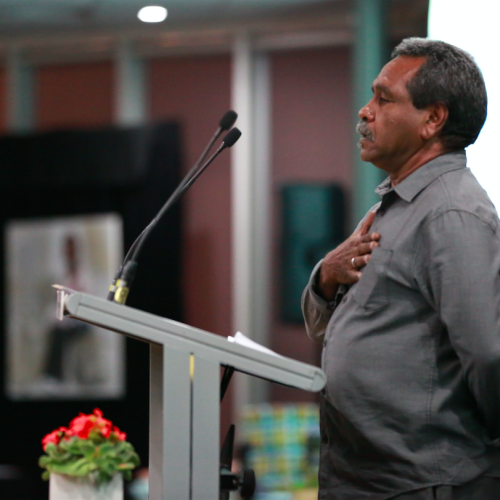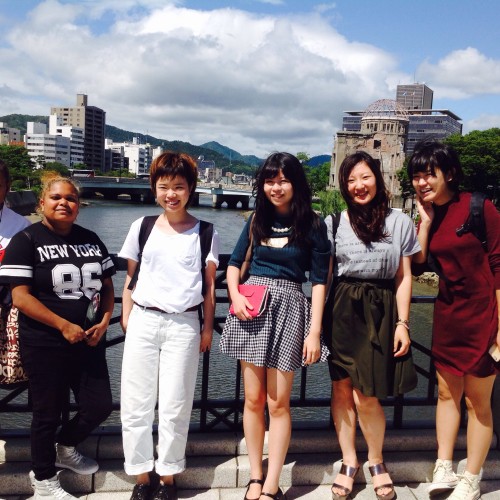-
Maralinga's Long Shadow: Yvonne's story wins NSW Premier's Award
- 8 years ago
- The annual NSW Premier's Awards for History, presented in Sydney on Friday 1 September 2017, saw one of our partnership projects honoured, when "Maralinga's Long Shadow: Yvonne's Story" took out the Young People's Hi[...]
Atomic pilgrimage
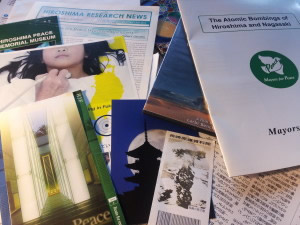 Arriving back in Australia I review the mass of documentation collected from my visit to Japan, and reflect on the people and places visited.
Arriving back in Australia I review the mass of documentation collected from my visit to Japan, and reflect on the people and places visited.
Japan’s Hibakusha* stories are of high relevance to every citizen of the world, both now and in the future. As the only A-bombed nation in history, Japan has many unique and pertinent perspectives on the humanitarian, cultural and environmental legacies of atomic weapons. Through their continued historical documentation and dissemination of Hibakusha accounts (and supported by the Government’s 69 year commitment to pacifism via the Japanese Constitution post WW2), Japan’s atomic experiences offer an internationally significant testimony for peace via a nuclear-weapons-free world.
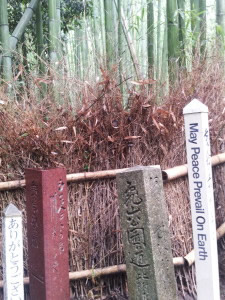 Almost seventy years on, Japan’s sustained peace efforts also face a number of new challenges. As the number of A-bomb survivors lessens each year, and new interpretations of the peace Article within the Constitution are being considered, many are asking, ‘How do we best continue to share Japan’s Hibakusha messages effectively to reach younger and future generations?’. Both this question, and the answers offered during my visit, relate directly to our work via the Nuclear Futures program. Making headway in Japan are a number of organisations, such as the Hiroshima Peace Culture Foundation, exploring how creative expression and international exchange can continue to move peace efforts forward.
Almost seventy years on, Japan’s sustained peace efforts also face a number of new challenges. As the number of A-bomb survivors lessens each year, and new interpretations of the peace Article within the Constitution are being considered, many are asking, ‘How do we best continue to share Japan’s Hibakusha messages effectively to reach younger and future generations?’. Both this question, and the answers offered during my visit, relate directly to our work via the Nuclear Futures program. Making headway in Japan are a number of organisations, such as the Hiroshima Peace Culture Foundation, exploring how creative expression and international exchange can continue to move peace efforts forward.
My gratitude extends to all the people who shared their perspective on atomic legacies and visions for peace. For the highlights, see the previous seven posts in the Nuclear Futures blog series on Japan. The diverse mix of experiences informing my two-week atomic pilgrimage included the:
- humble honour of hearing Hibakusha testimonies first hand, and experiencing the generosity and hope of third generation descendants.
- extensive and accessible information/accounts in Hiroshima and Nagasaki via institutions (such as the Museums and memorials in both cities) about the use and testing of nuclear weapons. Such learnings were enhanced by analysis offered from the many academics met (including from Hiroshima University’s Hiroshima Peace Institute) and from the personal experience of attending scheduled public activities and events related to the anniversaries of the bombings.
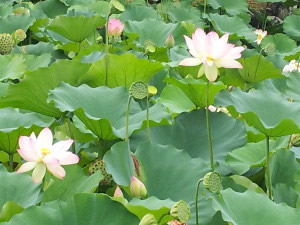
- insights shared by dedicated and inspired peace activists, from grass roots to the high level political networks (such as the Peace Boat, the Mayors for Peace network and citizen groups) working in different ways to disseminate Japan’s Hibakusha and atomic-related messages internationally.
- conversations with a mix of artists, who often traverse challenging political, cultural and social ground in their exploration of global atomic legacies through art-making, from the more mainstream creatives and collectives (such as Project Now and Hibakusha artists) to independent filmmakers documenting under-represented stories direct from communities (such as Larbi Benchiha documenting communities impacted by atomic testing in Algeria; Ian Thomas Ash documenting the stories of local families living in Fukushima and Pradeep Indulkar capturing stories of affected communities in India).
As a final note, it is worth emphasising that the devastating impacts from the atomic bombings of Japan are the result of weapons developed in 1945. In reflecting on the stories of Hiroshima and Nagasaki, it is also necessary to give consideration to the significant ‘advances’ that have been made in nuclear weapons and related technology since then. The use of modern nuclear weapons would inflict catastrophes far beyond the horrors experienced in Japan some seventy years ago.
* Hibakusha is the Japanese word meaning persons exposed to or affected by radiation from atomic bombs.
********************
EB
